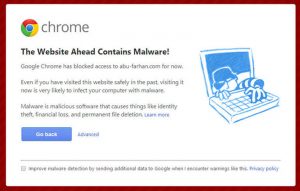How viewability expectations are evolving and what that means for marketers.
Many marketers have bristled at the MRC standard of viewability requiring that at least 50 percent of its pixels be in view for at least one second (for video, 50 percent of a player must be in view for at least two seconds). The standard is a basis that an ad had the opportunity to be viewed. Increasingly, brands want to know how long their ads were viewed. Not everyone agrees how or even if time-in-view should be a guiding metric, much less what the threshold should be.
Time-based metrics aren’t a new concept. The industry knows that served ads that aren’t viewed are a massive waste of budget — as much as $7.4 billion on display ads alone in 2016, according to Forrester.
But many advertisers think that’s too low.
“Everyone’s kind of coalesced around the industry’s minimum [viewability] threshold. So now we’re saying, that’s not good enough,” says Scott Knoll, former CEO and strategic advisor of measurement analyst Integral Ad Science (IAS). “It’s not a one size fits all. As much as some in the industry want to check a box and say, okay, my ads are viewable, we’re good, the reality is that the smart marketers are recognizing that time in view is a really important component and they optimize around that.”
Media buyers have shown interest in increasing the basic requirements. In 2017, the world’s biggest media buyer, WPP’s GroupM heightened its standards, stipulating that 100 percent of pixels be in view for at least a full second.
The industry has responded on several fronts.
In September, IAS included time-in-view metrics in its media quality report and that same week, Google announced a way for advertisers to set custom viewability criteria for reporting in its enterprise platform Display & Video 360.
Publishers such as the Financial Times and the Guardian are offering time-based options, and ad tech players such as Parsec offer time-based buying.
Still, there remains debate among marketers over viewability and time-in-view metrics and their value.
Viewability metrics should work with impression metrics as part of an overall plan, says Dan Baker, VP, group account director at ad agency ICF Olson, calling the metric an “impression plus” that speaks to the value of the inventory.
“But overall, it still depends on the client’s overall business goals and objectives. If the client’s objective is awareness, then viewability can be one measure considered as part of performance,” Baker said, adding that he prefers a standard of standard of 5 seconds or more.
Jeremy Leonard, CEO of social media agency Appraise, says he tells clients that “time-in-view metrics” are not a good justification for media spend.
Marketing Land – Internet Marketing News, Strategies & Tips
(72)
Report Post






